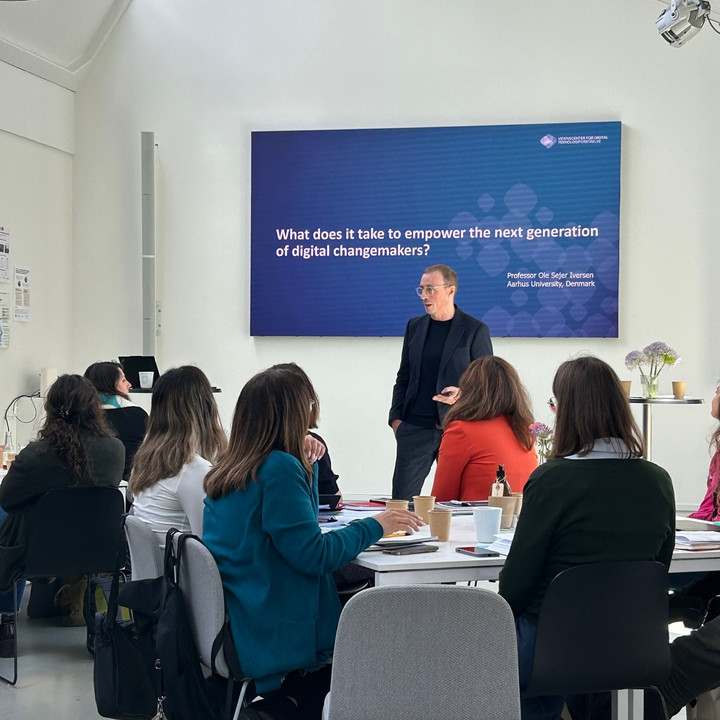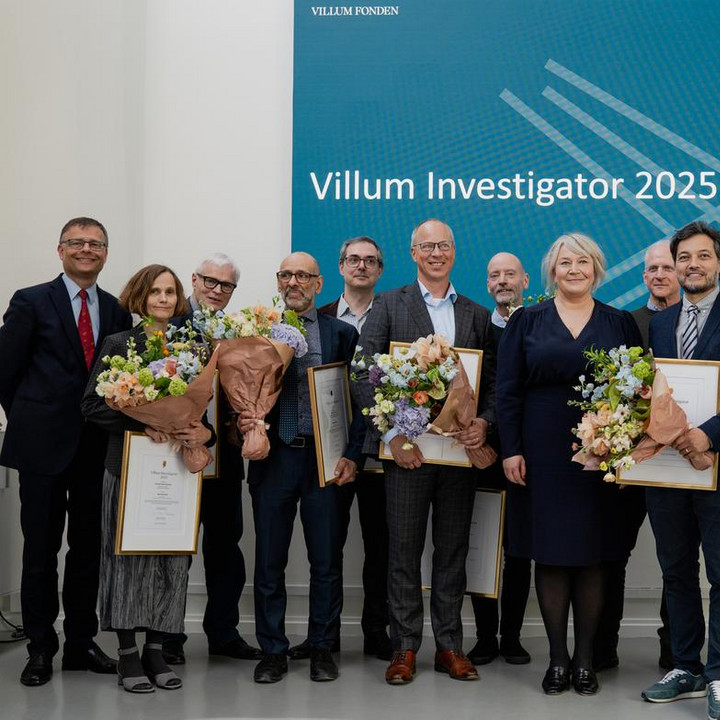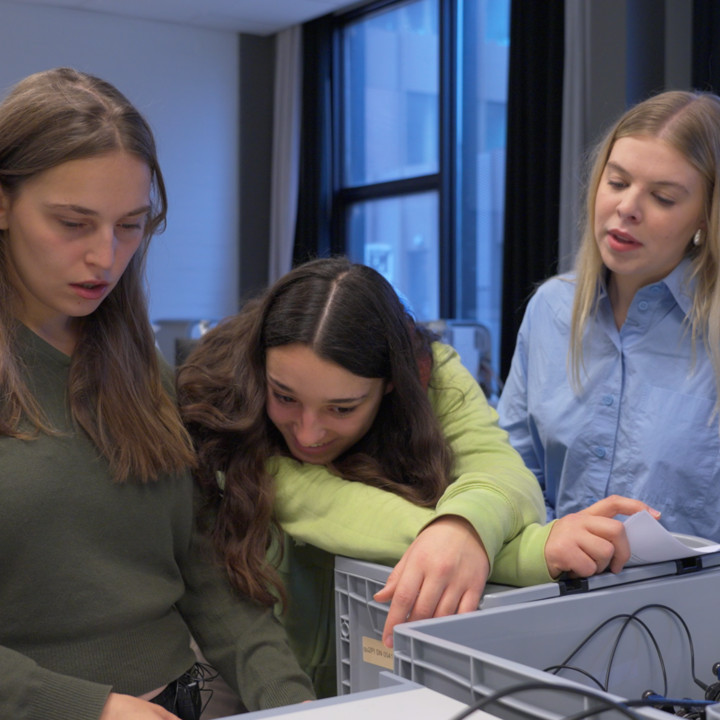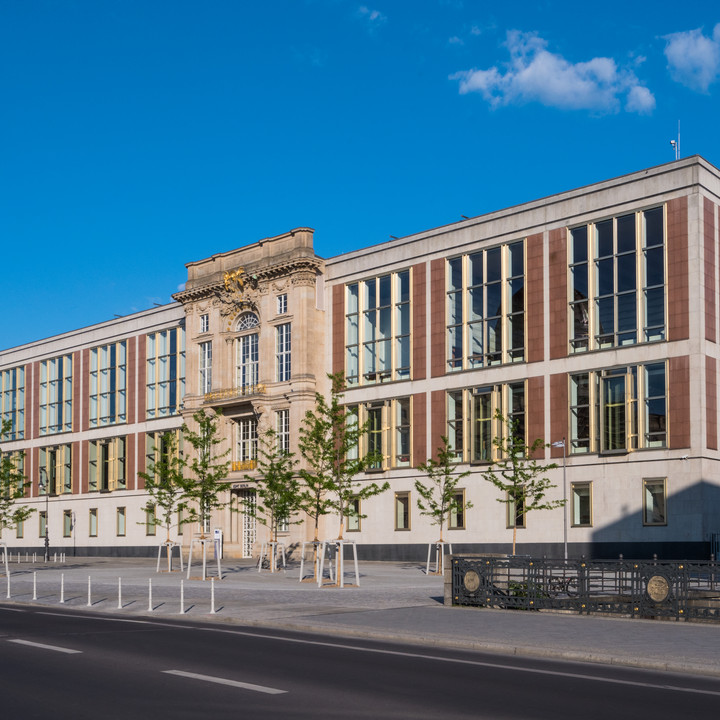Natural History Museum of Denmark
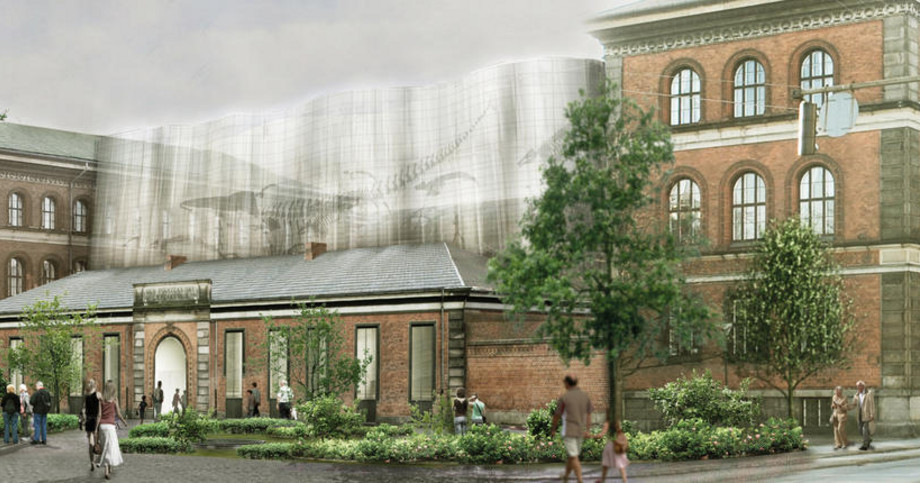
Generous donations from VILLUM FONDEN, Novo Nordisk Fonden, Det Obelske Familiefond and Aage og Johanne Louis-Hansens Fond will make it possible for the University of Copenhagen to, in 2020, open a new building to house the Natural History Museum of Denmark. The DKK 550 million contributed by the four foundations comprises more than half of the DKK 950 million it will cost to build the museum building.
The Natural History Museum of Denmark will be located in the heart of Copenhagen, adjacent to the Botanical Gardens. The facility will house the existing Zoological Museum, Geological Museum and the Botanical Gardens. Once the museum opens, it will contain specimens ranging from enormous whales and exotic plants to rare meteors. The museum’s collection will also include Misty, a full-sized skeleton of a Diplodocus longus that measures 17 metres in length. The museum was designed by Lundgaard & Tranberg Arkitekter in collabortation with architect Claus Pryds.
“These generous donations will allow the university to take unprecedented steps towards improving our outreach, research and educational programmes in the natural sciences. The decision to gather all our natural-history museums in a single institution was made in 2004, and these donations mark the culmination of a decade of hard work. We are extremely grateful of the support this project has been able to gather,” says Ralf Hemmingsen, the rector of the University of Copenhagen.
A dinosaur, 50 species of whales and a trove of priceless treasures
When the museum is completed, its collection will rank among the world’s ten largest, with more than 14 million items ranging from Denmark’s loneliest spider (only one example has only been found in Denmark, and the species has never been observed elsewhere) to the world’s largest and most complete collection of whale skeletons. Visitors will also be able to learn more about the solar system’s ancient meteorites. The Botanical Gardens will also serve as an important part of the total museum experience.
“The close co-operation with the Botanical Gardens is something that makes the museum unique. There are few places in the world where one can experience the entire natural kingdom in a single museum. Establishing this kind of unique and useful attraction in the heart of Copenhagen will be a great achievement,” says Morten Meldgaard, the director of the Museum of Natural History.
The museum already comprises three internationally recognised basic-research institutes, and it is the workplace of many of the university’s leading researchers in the natural sciences. The museum’s school outreach is one of the best of its kind in Denmark, and the new museum facility will be visited by 55,000 students each year. The total number of visitors is expected to be 400,000 annually, which would be three-times greater than the number visiting the existing, individual museums.
“The new museum building will allow us to remain a leader in natural-sciences research. It also provides us a way to get young people excited about the natural sciences. The world around us and the effects it has on us are changing fast, and it is important for us to be able to keep up, and to help people understand nature and to educate current and future generations,” says Mr Meldgaard.
Financing
Where is the money coming from?
· VILLUM FONDEN: DKK 250 million
· Det Obelske Familiefond: DKK 100 million
· Novo Nordisk Fonden DKK 100 million
· University of Copenhagen: DKK 300 million
· National funding: DKK 100 million
About the National History Musuem of Denmark
· Minik Rosing, professor of geology
· Eske Willerslev, professor of geogenetics
· Carsten Rahbk, professor of biodiversity
· Martin Bizarro, professor of astronomy
Attendance
Current: 150,000 annually; projected: 400,000 annually
Visits by tourists expected to increase from 2% of total to 33% of total within 10 years
Visits by students expected to increase from 19,000 in 2013 to 55,000 when the museum opens
· The new permanent exhibit at the Zoological Museum, which brings together geology, botany and zoology, gives an idea of what visitors to the Natural History Museum of Denmark can expect.
The museum will feature a world-class basic research centre. In 2013, Minik Rosing, an internationally recognised geologist, found the oldest signs of life on earth. They were located in the cliffs at Isua, in Greenland’s Godthaab Fjord. Eske Willerslev, a geogeneticist, was one of the first people to map the genome of an ancient group of humans. Professor Carsten Rahbek’s studies into how biodiversity is determined have been named as one of the 25 most important research areas for the future. Martin Bizarro’s contributions to work to reconstruct the origins of the solar system have been crucial for our understanding of the origin of life.
Timeline
2004 – Zoological Museum, Geological Museum and Botanical Gardens combined
2009 – Call for proposals
2012 – Museum designs submitted
2014 – Project details and financing finalised
Source: Natural History Museum of Denmark
